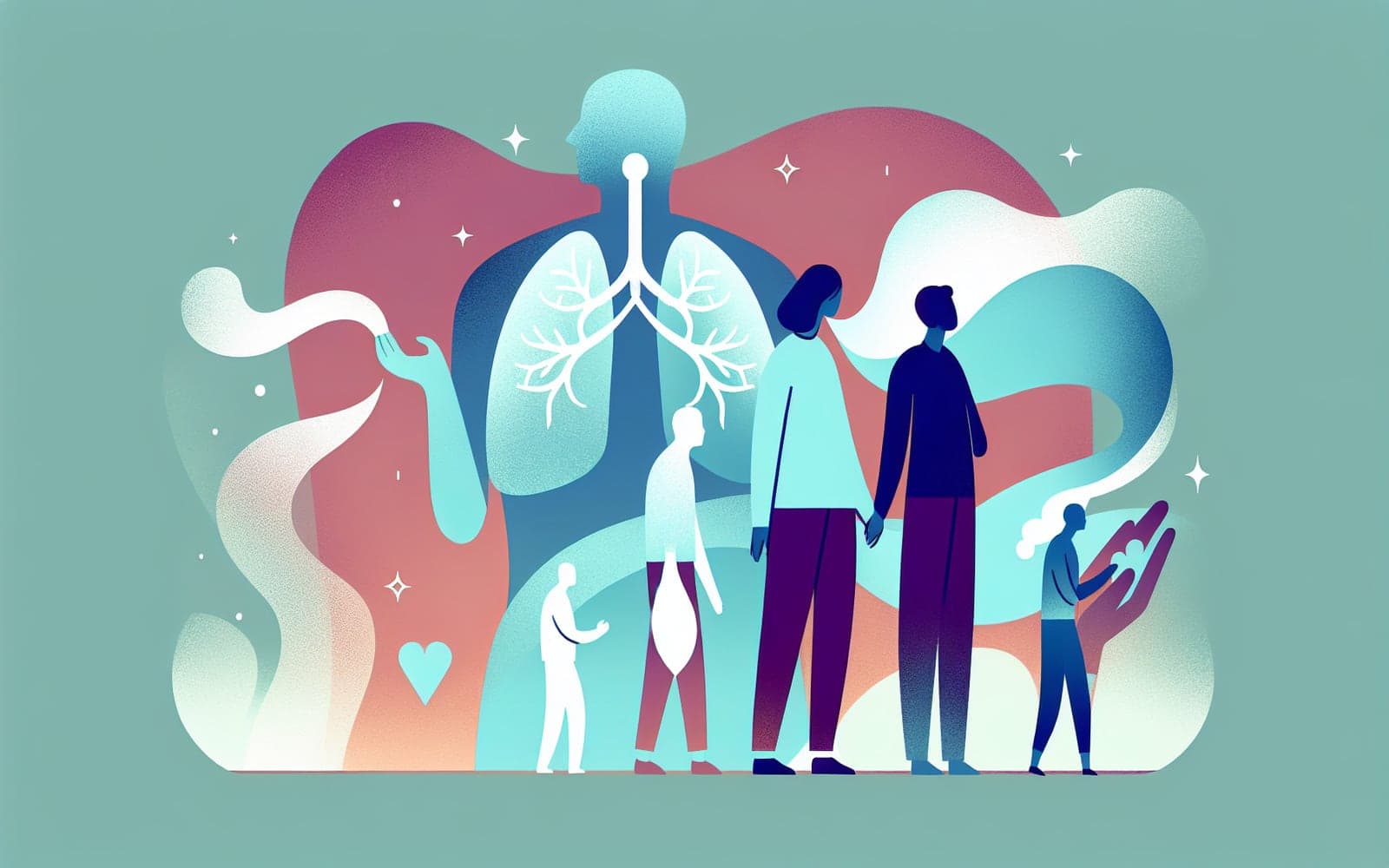How to Recognize a COPD Flare-Up Early?
Published: Jan 03, 2024
Recognizing a COPD flare-up early can lead to quicker treatment and better outcomes. Here's how to spot the signs.
Contents
Spotting the Symptoms
The key symptoms of a COPD flare-up include increased breathlessness, more or thicker mucus, and changes in mucus color. These signs indicate worsening inflammation and possible infection. Acting on them promptly can prevent complications.
Monitoring Changes
Keep an eye out for new or worsening symptoms like chest tightness, fatigue, or changes in sleep patterns. These can signal an impending flare-up. Regular monitoring and noting changes help in early detection and management.

When to Seek Help
If symptoms escalate rapidly or breathing becomes significantly more difficult, seek medical help immediately. Early intervention can prevent hospital stays and serious health issues. Knowing when to act is a vital part of managing COPD.
Frequently Asked Questions
Increased breathlessness and changes in mucus are key signs.
It allows for quicker treatment and better outcomes.
Watch for new symptoms like chest tightness and fatigue.
Seek help if symptoms worsen rapidly or breathing becomes difficult.
Key Takeaways
Recognizing and acting on early signs of a COPD flare-up is crucial for effective management.
Consult with Doctronic to learn more about managing COPD symptoms early.Related Articles
References
Bafadhel M, McKenna S, Terry S, et al. Acute exacerbations of chronic obstructive pulmonary disease: identification of biologic clusters and their biomarkers. Am J Respir Crit Care Med 2011; 184:662.
Seemungal T, Harper-Owen R, Bhowmik A, et al. Respiratory viruses, symptoms, and inflammatory markers in acute exacerbations and stable chronic obstructive pulmonary disease. Am J Respir Crit Care Med 2001; 164:1618.
Always discuss health information with your healthcare provider.

